Nail extension - a popular procedure that allows you to quickly get the desired length of nails and well-groomed hands. For building, special gels, camouflage bases or acrylic are used.
You can make nails in the cabin, but the acrylic extension technique will not be difficult to master at home.
For self-build acrylic at home, you need to purchase special materials and tools. Before buying, you should decide in which technology it is planned to build - on forms or tips.
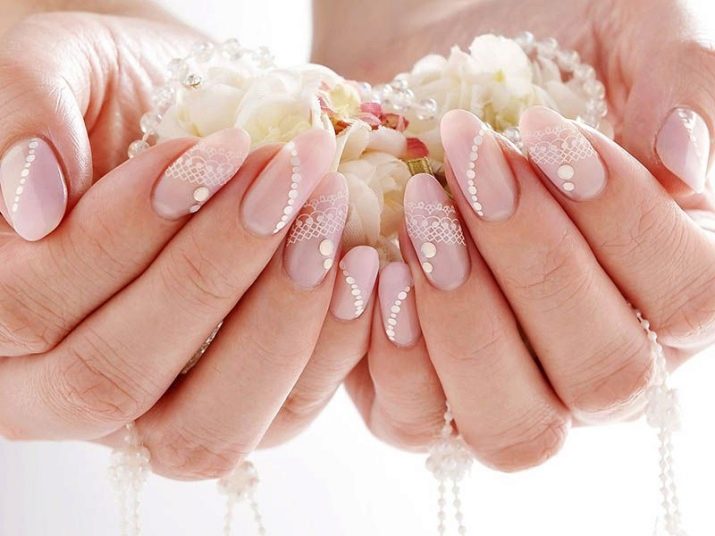
Pros and Cons of Home Building
Home extensions for the first time can cause difficulties caused by peeling of material from the nail. This is due to insufficient pre-treatment of the nail plate, the preservation of unpolished areas or the presence of greasy stains due to poor degreasing of the plate.
The price of materials varies from 3 to 8 thousand rubles. But it is worth considering that the consumption of powder and other means is minimal, they last for about six months or a year. It is convenient to purchase materials in a professional store or on the website of a particular brand.
Despite all the shortcomings, home building is an excellent alternative to the salon procedure. It allows you to make corrections at any convenient time and as often as necessary. Personal product quality control, cut protection and instrument sterilization guarantee are additional advantages of independent work.Properly applied acrylic powder protects against mechanical stress, ultraviolet radiation, and allows you to get the desired length on thin and brittle nails.
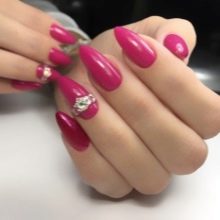
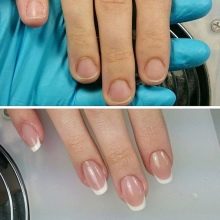

Necessary materials and tools
- Forms. To build up nails in this technique, you need to allow the nail to grow a couple of millimeters, then it will be possible to fix the shape under the edge of the nail plate. For long nails, it is worth creating the desired shape or shortening them if they are of different lengths or are broken.
- Tips. In this technique, in addition to the false nails themselves, special forceps, tip cutter, with which forms are shortened, will be required. Still need glue.
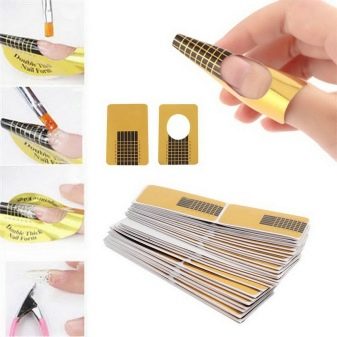
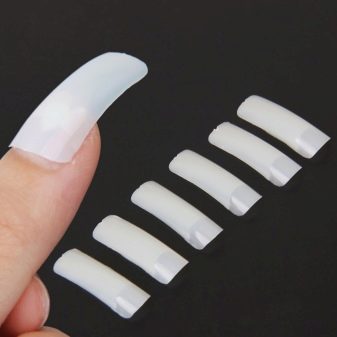
- Coarse file. It is used for filing and polishing the nail before building. It is worth buying files of different sizes and with varying degrees of abrasiveness. Using a soft file, buff, dust is removed after the grinding process.
- Orange stick and nippers. These items are used to remove or move the cuticle and pterygium. This is done for the best adhesion of the material, and also allows the hands to look more well-groomed.
- Primer. This odorous substance improves the contact of acrylic with the nail plate. The primer is applied after sawdust.

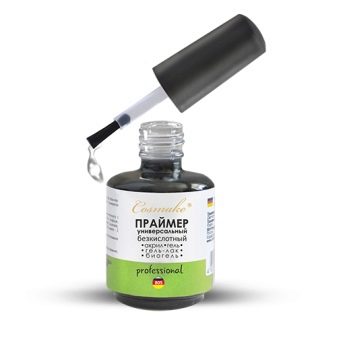
- Liquid monomer. It is necessary for applying acrylic on a primer-impregnated base; it participates in the polymerization of acrylic.
- Synthetic brush. With the help of it, the process of distribution of acrylic powder occurs.
- Acrylic Powder. It is a polymer powder in different colors, with a dense or translucent effect. Used for classic building and sculpting design elements.
It is advisable to purchase all the materials of one brand. This is more convenient, and there is no likelihood of a conflict of different materials, expressed in the fragility of the coating.

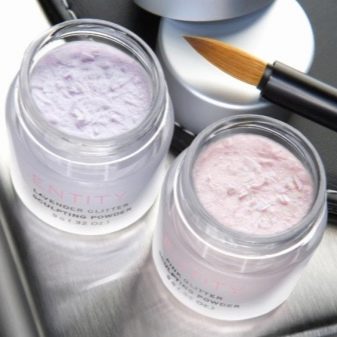
How to do it yourself?
Let us dwell on two technologies that allow the process to be carried out at home.
Form extension
Step-by-step instruction:
- Prepare your hands for extension, wash and dry them.
- Using a large file, file the top layer of the plate.
- Perform a classic manicure: remove the cuticle or push it with an orange stick.
- Strip pterygium.
- Remove excess dust and degrease nails with a primer.
- Place the mold under the tip of the nail and fix the ends.

- Reapply primer.
- Moisten a brush in liquid (liquid monomer), then take a small portion of acrylic and evenly distribute it on the surface of the nail and form.
- After the formation of the length and shape of the nail, wait for the complete drying of the material, you can use the lamp to accelerate the polymerization of the material.
- Remove the form and remove excess corners and roughness on the finished result. To process the sides, and to polish the surface of the nail with a soft buff.
- Finished nails can be coated with varnish and oil or hand cream.

Tips extension
Phased process:
- prepare your hands, polish the surface of the nail with a coarse-grained file, remove the cuticle;
- stick the tips with glue, trying to press the element as tightly as possible to avoid air bubbles;
- give the desired length and shape to the tips, using tongs and a file;
- then align the artificial nail with the real one at the place of gluing;
- coat the surface with a primer;
- dip a brush in liquid, then in acrylic, and distribute a small amount of powder on the nail, affecting tips as well;
- most of the acrylic should be in the place of gluing, strengthening the "stress zone".
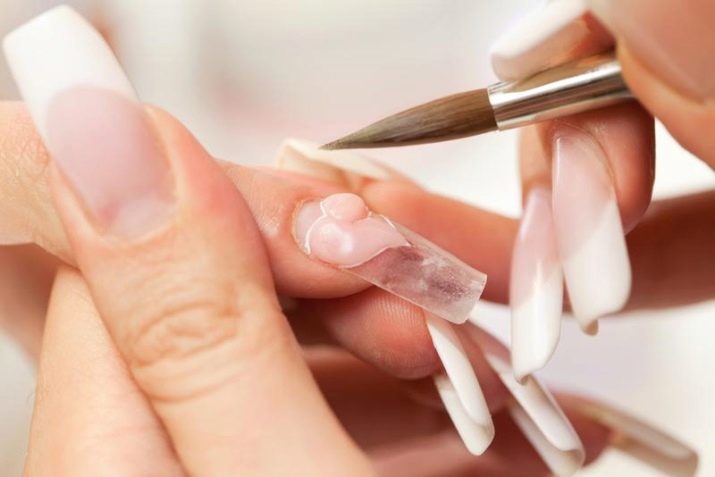
See the next video for a workshop on acrylic nail extension on forms.










